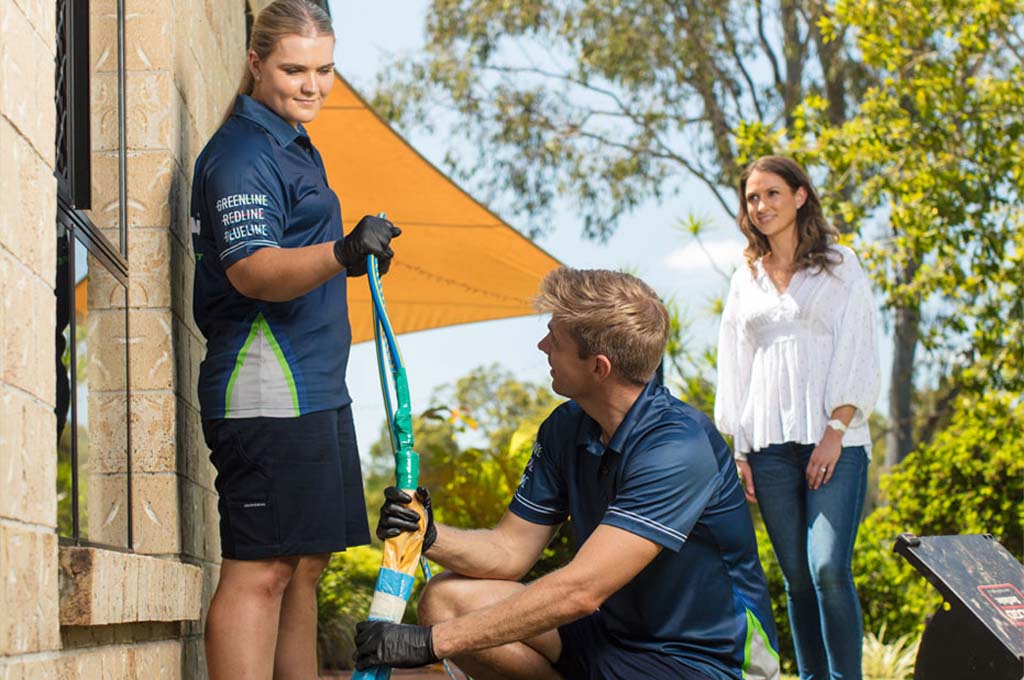
How to Save Hundreds on Plumbing Repairs with These Simple Tricks
Posted by on 2024-10-01
In the hustle and bustle of daily life, few things can bring everything to a grinding halt faster than a plumbing problem. Whether it's a leaky faucet, a clogged drain, or an inexplicably high water bill, plumbing issues are not only inconvenient but can also become quite expensive if left unaddressed. However, you don't have to be at the mercy of professional plumbers or shell out hundreds of dollars for every minor issue. With some basic knowledge and a bit of elbow grease, you can tackle many common plumbing problems yourself. Here are some simple tricks that could save you hundreds on plumbing repairs.
First and foremost, prevention is your best friend when it comes to saving money on plumbing repairs. Regular maintenance checks can go a long way in preventing small issues from turning into costly disasters. For instance, periodically inspect your faucets for leaks and drips. A single dripping faucet can waste gallons of water over time, leading to unnecessarily high water bills. Most faucet leaks are due to worn-out washers or seals—both inexpensive parts that you can easily replace yourself with minimal tools.
Next up is the notorious clogged drain—a problem most homeowners encounter sooner or later. While chemical drain cleaners might offer a quick fix, they often do more harm than good by corroding pipes over time. Instead, invest in a good-quality plunger and learn how to use it effectively. For those stubborn clogs that refuse to budge, consider using a plumber's snake or even creating your own natural drain cleaner using baking soda and vinegar. Pour half a cup of baking soda followed by half a cup of vinegar down the clogged drain; let it sit for about 30 minutes before flushing with hot water.
Another common yet avoidable issue is the running toilet—a silent money drainer that can significantly impact your water bill if ignored. The culprit is usually a faulty flapper valve inside the toilet tank that doesn't seal properly after each flush. Flapper valves are inexpensive and replacing them is straightforward: turn off the water supply to your toilet, remove the old flapper, and install the new one according to the manufacturer's instructions.
Now let's talk about insulation—a crucial yet often overlooked aspect of home plumbing maintenance that can save you from costly repairs down the line. Insulating your pipes is particularly important if you live in an area prone to freezing temperatures during winter months. Frozen pipes are not just an inconvenience; they pose serious risks as they can burst and cause extensive water damage requiring professional intervention. Pipe insulation materials are readily available at hardware stores and installing them is as simple as cutting them to size and securing them around exposed pipes.
Water heaters also require regular maintenance for optimal performance and longevity. One simple trick is to periodically flush out sediment build-up from your water heater tank; this improves efficiency and extends its lifespan. To do this safely: turn off the power supply (or gas valve), attach a garden hose to the drain valve at the bottom of the tank, open the valve carefully allowing collected sediment-rich water to flow out until clear.
Lastly—and perhaps most importantly—educate yourself about where all essential shut-off valves are located in your home: main water shut-off valve plus individual fixture controls like sinks toilets etcetera! Knowing these locations provides quick action potential emergencies reducing extent possible damages!
By taking these proactive steps maintaining vigilant eye state household’s plumbing system should able navigate minor hiccups ease avoiding hefty repair bills majority cases! Plus newfound skills confidence gained tackling tasks yourself invaluable sense accomplishment satisfaction understanding inner workings own home empowering experience indeed!